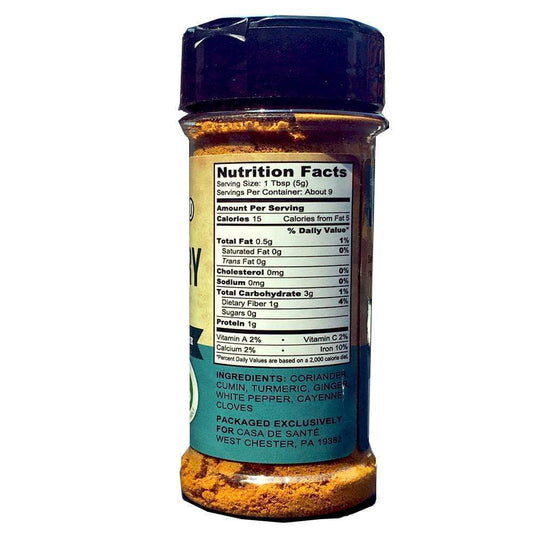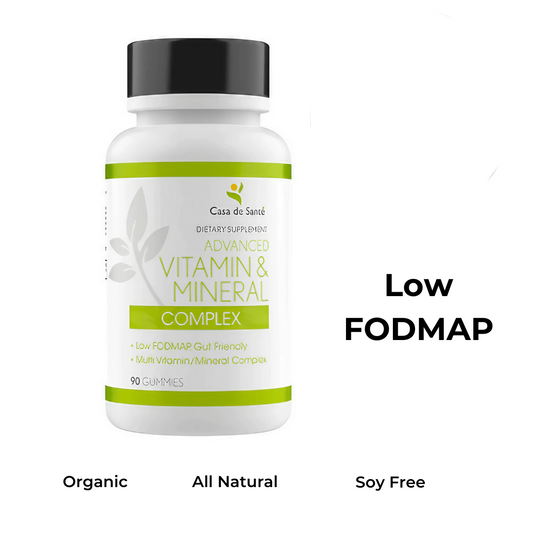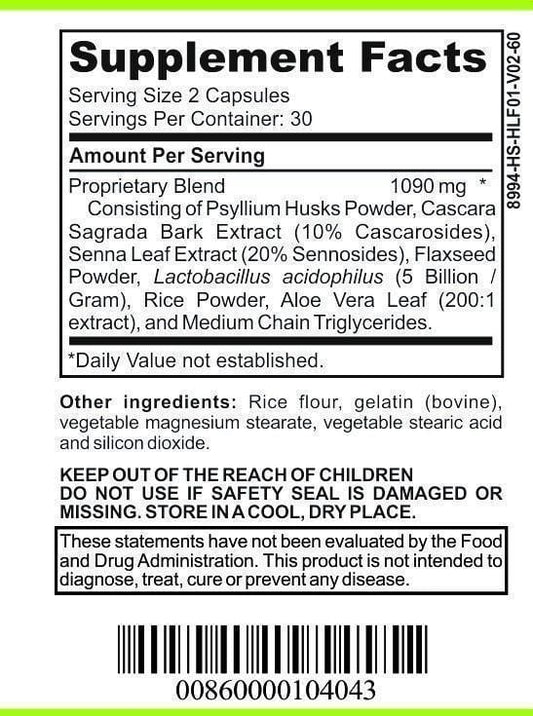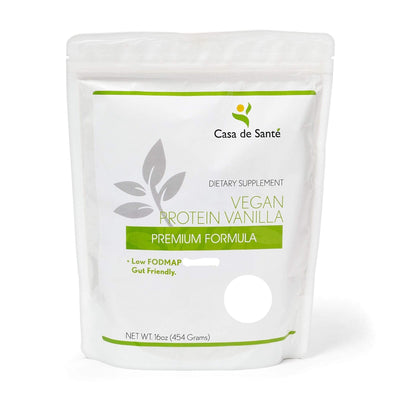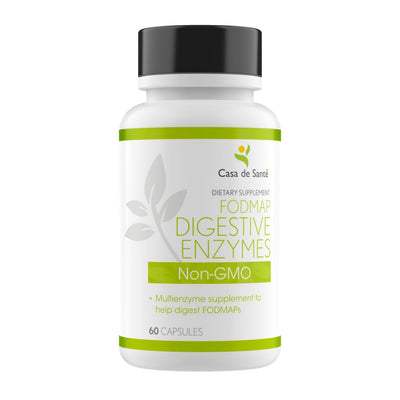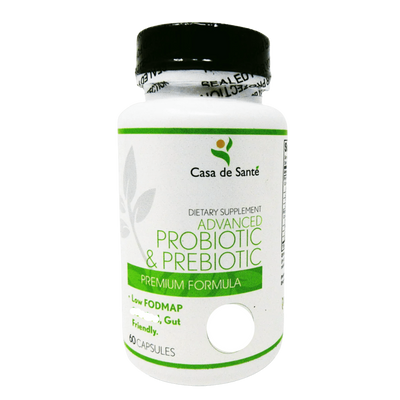LRA Food Block 238 by ELISA / ACT Biotechnologies Vs Vega Test
LRA Food Block 238 by ELISA / ACT Biotechnologies Vs Vega Test
In the realm of food sensitivity testing, two popular methods have gained significant attention – LRA Food Block 238 by ELISA / ACT Biotechnologies and the Vega Test. Both tests aim to identify food sensitivities and help individuals make informed decisions about their diets. In this article, we will explore the ins and outs of these two tests, their underlying principles, and their practical applications. By the end, you will have a clear understanding of these testing methods and be able to make an informed choice about which one might be right for you.
Understanding the Basics of LRA Food Block 238
Food sensitivities have become increasingly common, with many individuals experiencing unpleasant symptoms after consuming certain foods. LRA Food Block 238 by ELISA / ACT Biotechnologies is a comprehensive testing method designed to detect delayed hypersensitivity reactions to a wide range of foods and food additives.
What is LRA Food Block 238?
LRA Food Block 238 is a blood-based test that measures the body's immune response to specific food antigens. It identifies delayed hypersensitivity reactions, allowing individuals to understand which foods may be causing adverse effects.
How Does LRA Food Block 238 Work?
The test involves collecting a blood sample from the individual, which is then analyzed to determine the presence of IgG and immune complexes. These immune markers indicate the presence of food sensitivities. By identifying these sensitivities, individuals can make targeted dietary modifications to alleviate symptoms and improve their overall well-being.
Food sensitivities can manifest in various ways, such as digestive issues, skin problems, or even mood disturbances. These symptoms can range from mild discomfort to severe reactions that require immediate medical attention. LRA Food Block 238 aims to provide individuals with a deeper understanding of their body's response to specific foods, allowing them to make informed decisions about their diet.
One of the key advantages of LRA Food Block 238 is its ability to detect delayed hypersensitivity reactions. Unlike immediate allergic reactions, which occur within minutes or hours of consuming an allergen, delayed reactions can take up to several days to manifest. This delayed response makes it challenging for individuals to pinpoint the exact food or additive causing their symptoms. By identifying these delayed reactions, LRA Food Block 238 helps individuals identify the specific triggers and eliminate them from their diet.
The blood sample collected for LRA Food Block 238 is carefully analyzed in a laboratory setting. The presence of IgG antibodies and immune complexes indicates an immune response to specific food antigens. These antibodies are produced by the immune system as a defense mechanism against potential threats. However, in the case of food sensitivities, the immune system mistakenly identifies harmless food components as harmful invaders, triggering an inflammatory response.
Once the test results are obtained, individuals can work with healthcare professionals to develop a personalized dietary plan. By eliminating or reducing the consumption of foods that trigger a hypersensitivity reaction, individuals can experience relief from their symptoms. This process may involve avoiding certain foods altogether, temporarily eliminating them from the diet, or finding alternative options that are better tolerated by the body.
It is important to note that LRA Food Block 238 is not a diagnostic tool for immediate food allergies, such as anaphylaxis. Immediate food allergies involve a different immune response mediated by IgE antibodies and can result in life-threatening reactions. If an immediate food allergy is suspected, it is crucial to seek immediate medical attention.
In conclusion, LRA Food Block 238 is a valuable testing method that helps individuals identify delayed hypersensitivity reactions to specific foods and food additives. By understanding their body's immune response, individuals can make informed decisions about their diet and improve their overall well-being.
Deep Dive into ELISA / ACT Biotechnologies
ELISA / ACT Biotechnologies is a groundbreaking company that has revolutionized the field of food sensitivity testing with their innovative product, LRA Food Block 238. Let's take a closer look at the fascinating science behind their testing method and explore the benefits and limitations of their technology.
The Science Behind ELISA / ACT Biotechnologies
At the heart of ELISA / ACT Biotechnologies' testing method is the enzyme-linked immunosorbent assay, or ELISA. This powerful technique allows for the detection and quantification of immune markers, specifically immunoglobulin G (IgG), in blood samples. IgG is an essential component of the immune system and plays a crucial role in identifying and neutralizing harmful substances.
But ELISA is just one piece of the puzzle. ACT, or antigen leukocyte cellular antibody test, is another key component of the testing process. By measuring the immune response within whole blood samples, ACT provides accurate results for delayed hypersensitivity reactions. This means that ELISA / ACT Biotechnologies' testing method can detect not only immediate allergic reactions (mediated by immunoglobulin E or IgE) but also delayed reactions, which are often more challenging to diagnose.
Benefits and Limitations of ELISA / ACT Biotechnologies
One of the most significant benefits of ELISA / ACT Biotechnologies' LRA Food Block 238 is its ability to detect sensitivity reactions beyond the typical IgE-mediated allergies. While IgE-mediated allergies are immediate and easily recognizable, delayed hypersensitivity reactions can occur hours or even days after exposure to a specific food or substance. These delayed reactions are often responsible for chronic symptoms such as migraines, joint pain, fatigue, and digestive issues.
Another advantage of ELISA / ACT Biotechnologies' testing method is its comprehensive approach. By measuring both IgG and the immune response within whole blood samples, it provides a more accurate and complete picture of an individual's immune reactivity to various foods and substances. This information is invaluable for healthcare professionals in designing personalized treatment plans and dietary modifications for their patients.
However, it is crucial to acknowledge the limitations of any diagnostic tool, including ELISA / ACT Biotechnologies' testing method. While it offers valuable insights into food sensitivities, it should not be viewed as a standalone diagnostic tool. The results should be interpreted in consultation with a knowledgeable healthcare professional who can provide guidance and ensure accurate understanding.
In conclusion, ELISA / ACT Biotechnologies' LRA Food Block 238 represents a significant advancement in food sensitivity testing. By combining the power of ELISA and ACT, this innovative technology provides a comprehensive and accurate assessment of an individual's immune reactivity to various foods and substances. While it has its limitations, when used in conjunction with professional guidance, it can be a valuable tool in identifying and managing food sensitivities.
An Overview of the Vega Test
The Vega Test is another alternative method for food sensitivity testing that has gained popularity in recent years. This testing technique aims to provide valuable insights into the body's reaction to various substances and help individuals identify potential food sensitivities.
The Principles of the Vega Test
The Vega Test is a bioresonance testing method that involves measuring the electromagnetic vibrations of the body. It is based on the principle that every substance emits specific electromagnetic frequencies, and when these frequencies come into contact with the body, they can either harmonize or disrupt its energy fields.
During the Vega Test, a practitioner uses a device that measures the body's electromagnetic responses. The client holds a metal rod, and the practitioner applies different substances, such as food samples or environmental factors, to the client's skin. The device then measures the body's reaction to each substance by detecting changes in its electromagnetic field.
This testing technique evaluates how various substances affect the client's energy fields. If the body's energy fields remain stable when exposed to a particular substance, it suggests that the individual does not have a sensitivity to that substance. On the other hand, if the energy fields become disrupted, it indicates a potential sensitivity or imbalance.
Pros and Cons of the Vega Test
A significant advantage of the Vega Test is its non-invasive nature. Unlike traditional food sensitivity tests that require blood samples or other invasive procedures, the Vega Test only requires the client to hold a metal rod and have substances applied to their skin. This makes it a more comfortable and less intimidating option for individuals who may be wary of needles or blood tests.
Furthermore, the Vega Test claims to be able to identify not only food sensitivities but also other imbalances in the body. By evaluating the body's energy fields, practitioners believe they can gain insights into the overall health and well-being of the client. This holistic approach can help individuals address not only their food sensitivities but also other potential health concerns.
However, critics argue that the scientific validity of the Vega Test is questionable. They question the reliability and accuracy of measuring electromagnetic vibrations as a means of determining food sensitivities. Additionally, the results of the Vega Test may vary depending on the practitioner's skill and interpretation, leading to inconsistent outcomes.
It is essential to approach the Vega Test with a critical mindset and consider it as one tool among many in the realm of food sensitivity testing. Consulting with healthcare professionals and conducting further research can help individuals make informed decisions about whether the Vega Test is the right option for them.
LRA Food Block 238 by ELISA / ACT Biotechnologies: A Closer Look
Let's take a closer look at LRA Food Block 238 by ELISA / ACT Biotechnologies to understand its key features and practical applications.
Key Features of LRA Food Block 238 by ELISA / ACT Biotechnologies
LRA Food Block 238 offers a comprehensive panel of 238 food antigens, providing a broad spectrum of potential sensitivities. It also includes additional allergens, such as molds, chemicals, and environmental factors, allowing for a more holistic assessment of sensitive triggers.
Practical Applications of LRA Food Block 238 by ELISA / ACT Biotechnologies
LRA Food Block 238 can be a valuable tool for individuals suffering from various symptoms, including digestive issues, fatigue, skin problems, and more. By identifying specific food sensitivities, individuals can tailor their diets accordingly and potentially alleviate their symptoms effectively.
Vega Test: A Detailed Examination
Now, let us delve deeper into the Vega Test to understand its unique aspects and real-world uses.
Unique Aspects of the Vega Test
One notable feature of the Vega Test is its ability to assess not only food sensitivities but also imbalances on an energetic level. Some proponents believe that these energy imbalances can influence overall health. The test also claims to identify other stressors, such as environmental toxins or electromagnetic radiation, that may impact the body.
Real-world Uses of the Vega Test
Vega Test practitioners often use this method in conjunction with dietary advice to guide individuals in making healthier choices. However, it is crucial to note that the scientific evidence supporting the Vega Test's claims is limited, and more research is needed for conclusive validation.
By now, you are equipped with a comprehensive understanding of LRA Food Block 238 by ELISA / ACT Biotechnologies and the Vega Test. Both testing methods have their unique approaches and potential benefits. If you suspect food sensitivities or are experiencing unexplained symptoms, consulting with a healthcare professional can help you navigate these testing options and make an informed decision that best suits your needs and goals.














